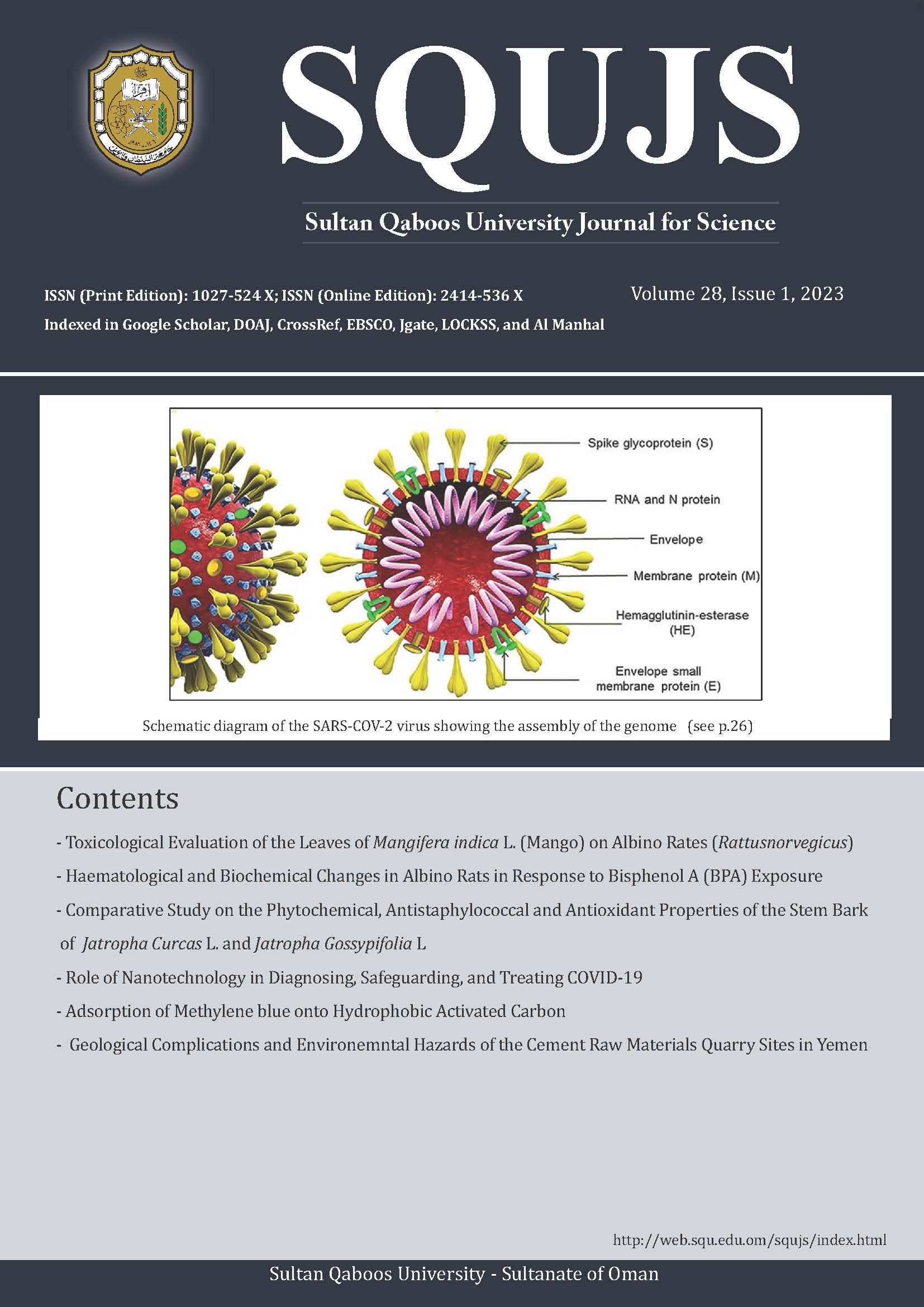Main Article Content
Abstract
Extensive field and site investigations were conducted to assess and evaluate the situation in the presently exploited quarries of cement raw materials in Yemen. These quarries have several geological complications represented mainly by high elevations, steep slopes, rugged topography, heterogeneity in bed thickness, lithologic composition and quality, presence of igneous sills and dykes, intensive fracturing and jointing and abundance of karstification features. Moreover, the processes of quarrying and related operations have several negative environmental impacts the most important of which are soil failure, overburden and land sliding, toppling and rock falls (which result in considerable mass wasting) and emission of dust and noise. Generally, quarrying operations are more hazardous in quarries of gypsum and basement rocks than in those of carbonates and volcanics. Furthermore, the quarries have problems related to the conservation of natural resources. These are represented primarily by the excavation of the valuable agricultural and reclaimed lands and improper exploitation of the cement raw materials and the fresh and underground waters the reserves of which decreased drastically. To deal with the above-mentioned problems, a number of recommendations are outlined. They comprise mitigation measures which must be strictly implemented. Also, it is of almost importance to conduct prospecting for new occurrences of the presently exploited cement raw materials and their possible substitutes as well as additional groundwater resources.
Article Details

This work is licensed under a Creative Commons Attribution-NoDerivatives 4.0 International License.

